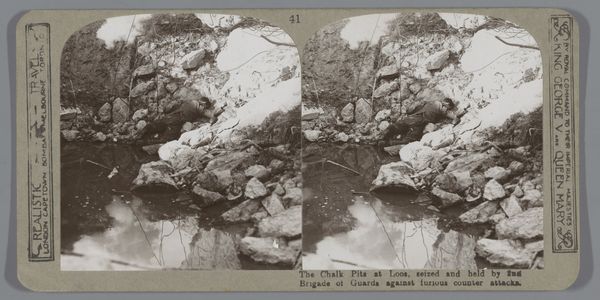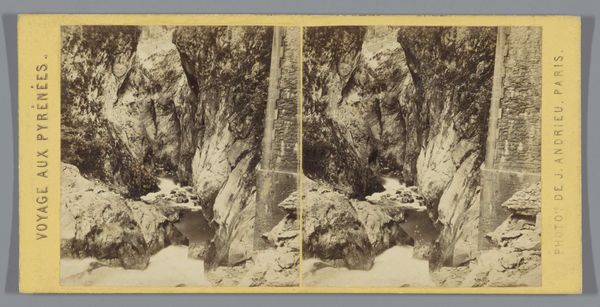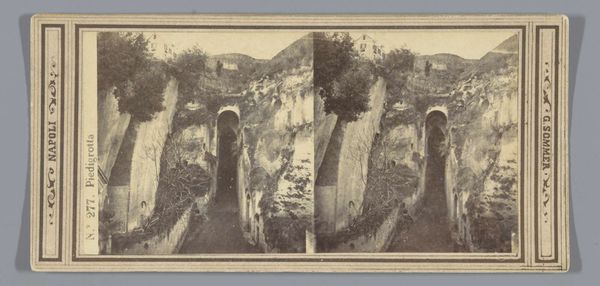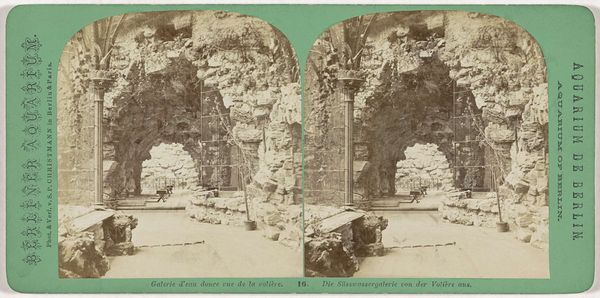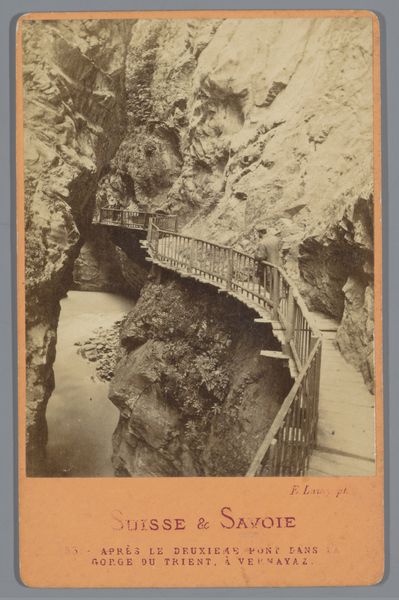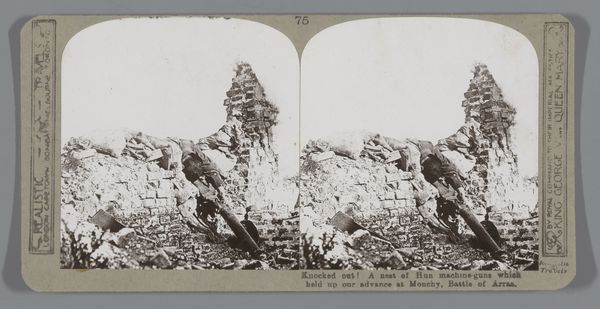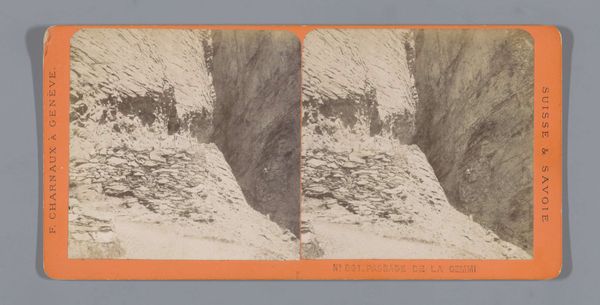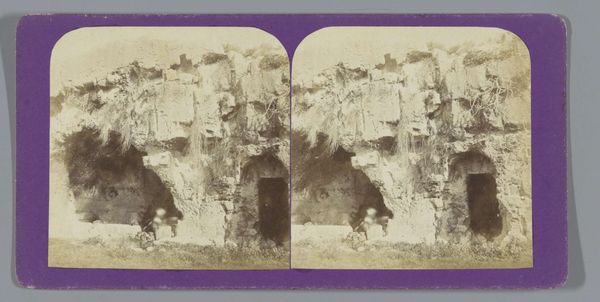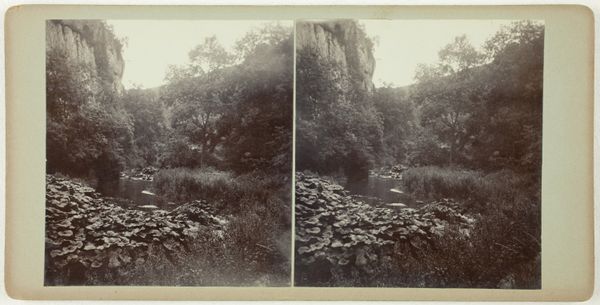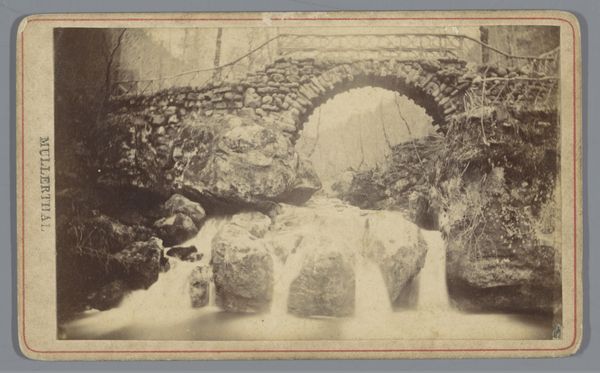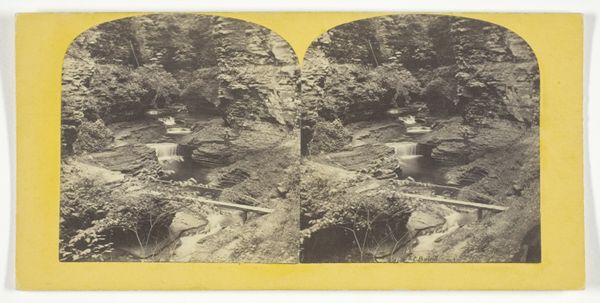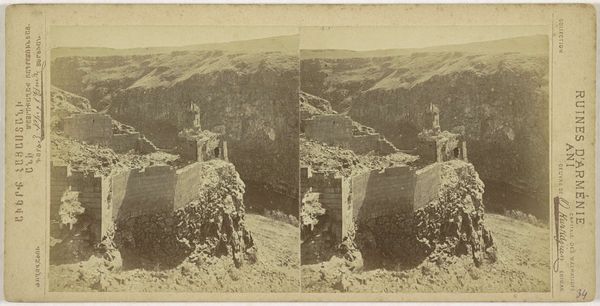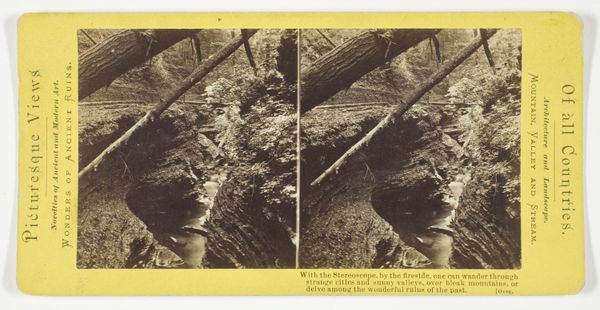
print, photography
# print
#
landscape
#
photography
#
orientalism
Dimensions: height 87 mm, width 177 mm
Copyright: Rijks Museum: Open Domain
Editor: Here we have a photographic print entitled "Vijver van Siloam, nabij Jeruzalem" – or Pool of Siloam, near Jerusalem – made sometime between 1900 and 1905. The scene has a stark and almost unsettling stillness to it, what do you make of it? Curator: That stillness is deceptive. This image, typical of Orientalist photography, demands we consider the power dynamics at play. Who is behind the camera? What assumptions are being made about this site and its inhabitants? The photograph becomes a form of visual appropriation, fixing a place and people within a Western gaze. Editor: So, it’s not just a photograph of a historical site, but a commentary on Western perceptions? Curator: Precisely. Consider the biblical significance of the Pool of Siloam – a place of healing and revelation. By capturing it, the photographer is arguably attempting to claim ownership, to frame this sacred space within a colonial narrative. Notice the individuals in the image; they’re dwarfed by the stone structure, presented as passive elements within the landscape. How does this contrast with the spiritual weight of the Pool in religious texts? Editor: I see your point. It's less about capturing the "truth" of the place, and more about imposing a specific perspective. Are the photographic techniques playing into that at all? Curator: The very act of creating a stereoscopic image, intended for viewing in a stereoscope, reinforces this idea. The viewer, safely distanced, is given the illusion of possessing the scene, experiencing a kind of simulated presence in a "foreign" land. Does this heighten the sense of cultural disconnect? Editor: It adds another layer of separation, like looking into a diorama. I’ll never look at these old photographs the same way again. Curator: Good. Questioning is vital.
Comments
No comments
Be the first to comment and join the conversation on the ultimate creative platform.
